I. Why Quantify Landscape Pattern?
Landscape pattern analysis (LPA) has been a major part of landscape ecological research for the last few decades. The ultimate goal of LPA is to link spatial patterns to ecological processes at different scales. The importance of LPA lies in the needs to (1) describe and compare landscape patterns, (2) monitor and project landscape changes, and (3) help understand ecological processes underlying observed patterns, so that landscape dynamics may be better understood and managed. Thus, appropriate and effective use of LPA methods is vital in landscape ecological research. [Li, H. and J. Wu. 2007. Landscape pattern analysis: Key issues and challenges. Pages 39-61 in J. Wu and R. Hobbs, editors. Key Topics in Landscape Ecology. Cambridge University Press, Cambridge, UK.]
Three Key Reasons for Quantifying Landscape Pattern:
1. Simple Indices for Individual Patches
(1) Patch shape index D:
(2) Perimeter/area ratio PAR:
(3) Patch isolation index ri:
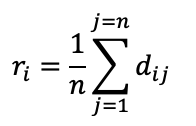
(4) Patch interaction index Ii:
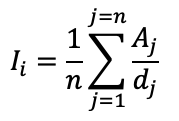
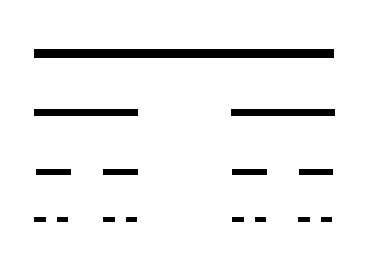

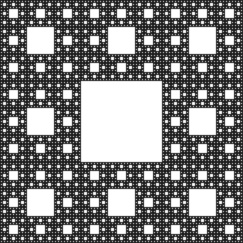
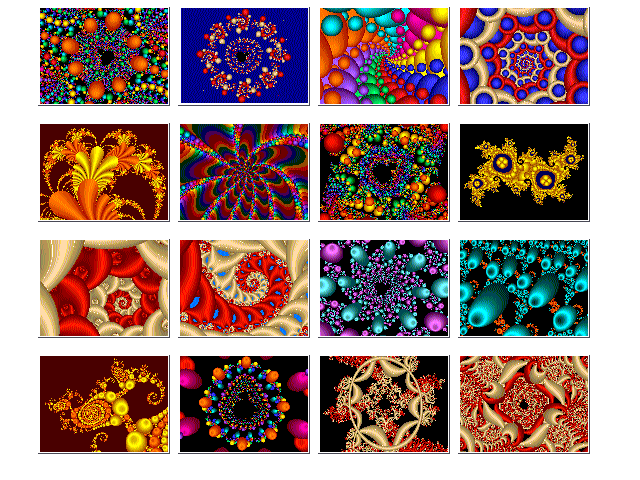
D = 2 ln(P/k)/ln A
D = 2 (ln(P) - ln(k)) / ln A
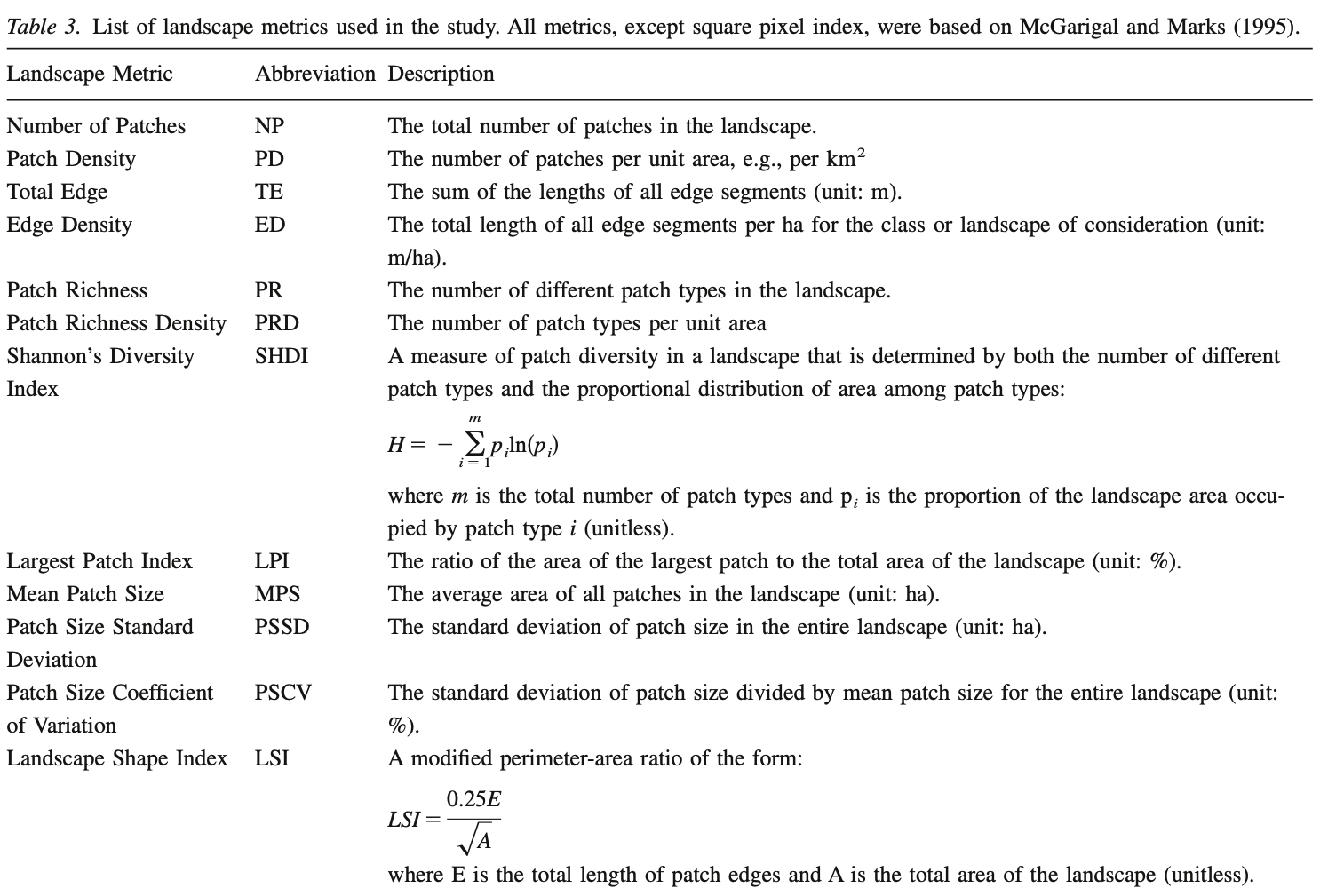
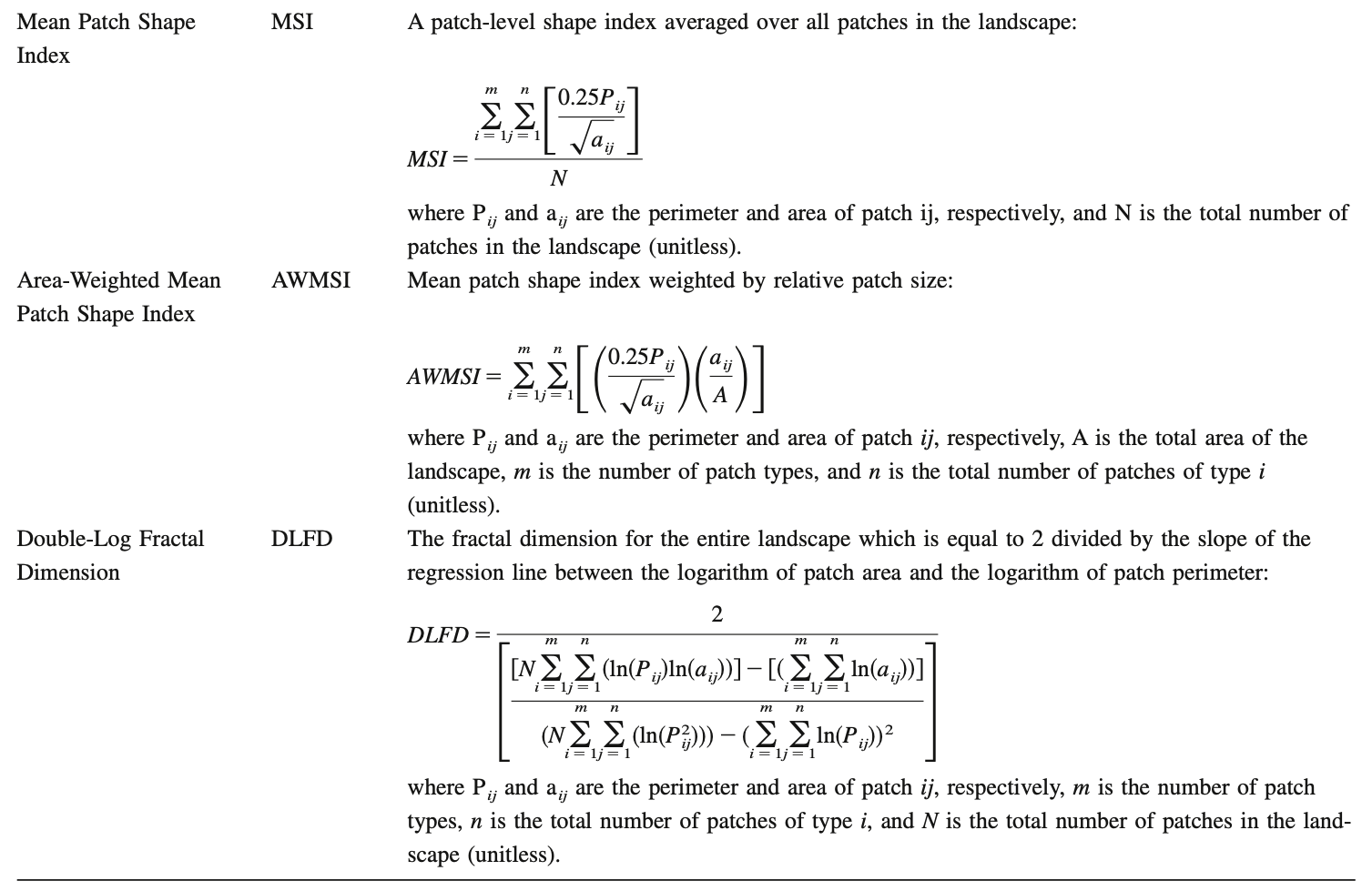
Software packages for computing landscape metrics
- FRAGSTATS [https://fragstats.org/index.php]
- Other landscape pattern analysis tools
- MSPA (Morphological Spatial Pattern Analysis)